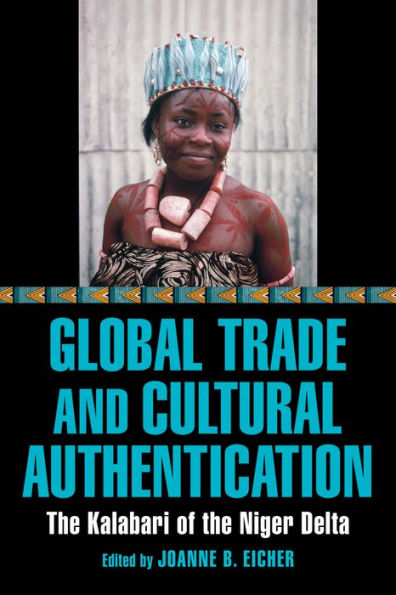Table of Contents
AcknowledgmentsPrefaceI. Cultural Authentication and Textiles1. Dress, Textiles, and the Kalabari Material World, by Joanne B. Eicher and Tonye Victor Erekosima2. Kalabari Cut-Thread and Pulled-Thread Cloth, by Tonye Victor Erekosima and Joanne B. Eicher3. Cut-Thread Cloth Characteristics, by Otto Charles Thieme4. "Our Great Mother . . . Tied This Cloth", by Elisha P. Renne5. The Economics of Making Pelete Bite, by Joanne B. Eicher, Tonye Victor Erekosima, and Carl Liedholm6. Indian Madras Plaids as Real India, by Sandra Lee Evenson7. Ecological Systems Theory and the Significance of Imported Madras Cloth, by Joanne B. Eicher, Tonye Victor Erekosima, and Manuella Daba BobManuel-Meyer Petgrave8. India and West Africa, by Barbara Sumberg and Joanne B. Eicher9. Designed for Wrapping, by Hazel Ann LutzII. Kalabari Dress10. Male and Female Artistry, by M. Catherine Daly, Joanne B. Eicher, and Tonye Victor Erekosima11. The Stages of Traditional Womanhood, by M. Catherine Daly12. Dress and Gender in Women's Societies, by Susan O. Michelman and Joanne B. Eicher 13. The Aesthetics of Men's Dress, by Tonye Victor Erekosima and Joanne B. Eicher; with Chapter Addendum: Aesthetics of the Color White in Kalabari Men's Dress, by Tonye Victor Erekosima14. Dress as a Symbol of Identity of Sir (Chief) O. K. Isokariari, by Joanne B. Eicher15. Beaded and Bedecked, by Joanne B. Eicher16. Coral Use and Meaning, by Susan J. Torntore17. Headwear, by Joanne B. Eicher and Tonye Victor ErekosimaIII. Kalabari Rituals18. Celebration and Display, by Joanne B. Eicher and Tonye Victor Erekosima19. Fitting Farewells, by Joanne B. Eicher and Tonye Victor Erekosima20. Centenary and Masquerade Rituals, by Joanne B. Eicher21. Kalabari Rituals and Dress as Multisensory Experiences, by Joanne B. EicherIV. The Kalabari Diaspora22. The Kalabari Diaspora in the Twenty-First Century, by Joanne B. EicherBibliographyGlossaryIndex



